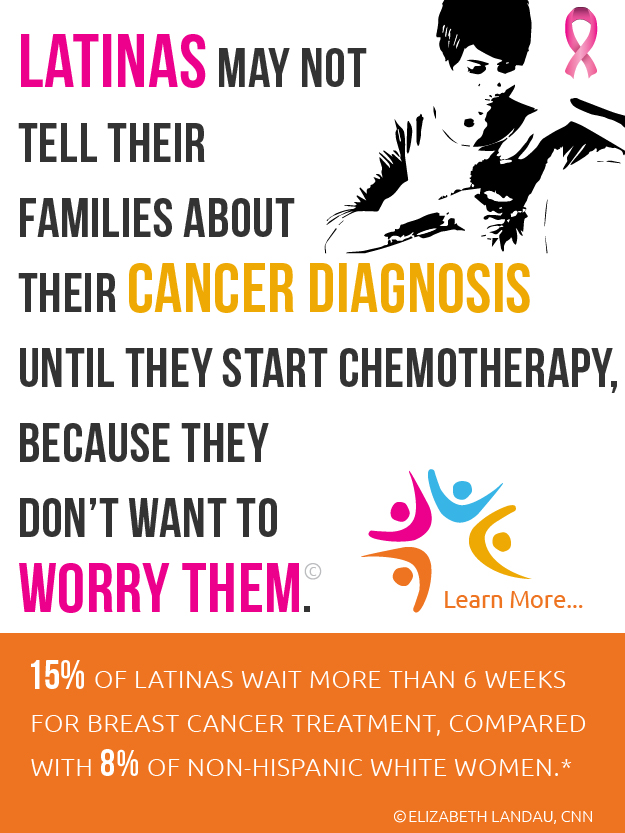
Sure Signs You're Becoming Obese, According to CDC
04/24/2021 06:00AM | 2413 viewsBeing an adult with obesity doesn't just mean you've got an annoying few pounds around your waist. It can lead to worse: "Obesity-related conditions include heart disease, stroke, type 2 diabetes and certain types of cancer that are some of the leading causes of preventable, premature death," says the CDC. Knowing the signals that you're becoming or have become obese could save your life. Read on to see what they are, according to the CDC—and to ensure your health and the health of others, don't miss these Sure Signs You've Already Had Coronavirus.
1. To Tell if You're Becoming Obese, First Calculate Your BMI, Says the CDC
First, assess your Body Mass Index. "BMI and waist circumference are two screening tools to estimate weight status and potential disease risk," says the CDC. "BMI is a person's weight in kilograms divided by the square of height in meters.
- If your BMI is less than 18.5, it falls within the underweight range.
- If your BMI is 18.5 to 24.9, it falls within the normal or Healthy Weight range.
- If your BMI is 25.0 to 29.9, it falls within the overweight range.
- If your BMI is 30.0 or higher, it falls within the obese range."
2. To Tell if You're at Greater Risk, Measure Your Waist
"Another way to estimate your potential disease risk is to measure your waist circumference," says the CDC. "Excessive abdominal fat may be serious because it places you at greater risk for developing obesity-related conditions, such as Type 2 Diabetes, high blood pressure, and coronary artery disease. Your waistline may be telling you that you have a higher risk of developing obesity-related conditions if you are:
- A man whose waist circumference is more than 40 inches
- A non-pregnant woman whose waist circumference is more than 35 inches.
To correctly measure waist circumference:
- Stand and place a tape measure around your middle, just above your hipbones
- Make sure tape is horizontal around the waist
- Keep the tape snug around the waist, but not compressing the skin
- Measure your waist just after you breathe out."
3. Obesity Affects These Groups More Than Others—See if You're Included
Not everyone is as afflicted with obesity as others. "Non-Hispanic Black adults (49.6%) had the highest age-adjusted prevalence of obesity, followed by Hispanic adults (44.8%), non-Hispanic White adults (42.2%) and non-Hispanic Asian adults (17.4%)," says CDC. "The prevalence of obesity was 40.0% among adults aged 20 to 39 years, 44.8% among adults aged 40 to 59 years, and 42.8% among adults aged 60 and older."
4. What to Do if You Worry You're Becoming Obese
"The key to achieving and maintaining a healthy weight isn't short-term dietary changes; it's about a lifestyle that includes healthy eating and regular physical activity," says the CDC. "Choosing a lifestyle that includes good eating habits and daily physical activity can help you maintain a healthy weight and prevent weight gain."
5. Take Back Your Health
Remember, this isn't just about your weight. "Obesity is a contributing cause of many other health problems, including heart disease, stroke, diabetes, and some types of cancer," says the CDC. "These are some of the leading causes of death in the U.S. Obesity can cause sleep apnea and breathing problems and make activity more difficult. Obesity can also cause problems during pregnancy or make it more difficult for a woman to become pregnant.". And since obesity can lead to severe COVID-19, get vaccinated when it becomes available to you, and to protect your life and the lives of others, don't visit any of these 35 Places You're Most Likely to Catch COVID.











Post your Comment
Please login or sign up to comment
Comments